At the entrance to the Temple's street is the Kaminarimon or "Thunder Gate." After the Thunder Gate is Nakamise-dori street with about 90 shops.
Kevin and Andrew in front of Sensō-ji's Thunder Gate
Nakamise-dori street with shops
Sensō-ji Temple at the end of Nakamise-dori street
At the end of the row of shops there's the Hōzōmon or "Treasure House Gate" which is the entrance to the temple. Inside the gate is a five-story pagoda and the main hall.
Breathing in incense to clear out the demons.
Praying at the alter.
Temple artwork
Then we did our fortunes. You shake a box and stick comes out. The stick has a Japanese number on it. You match the number to the number on the little drawer and pull out a paper fortune.
Kevin shaking the box.
Me with stick and fortune in hand.
My fortune was the "Best Fortune" and said lots of good things.
Kevin's was "Worst Fortune" and said basically the opposite of mine.
"You will have bad thoughts while drinking."
"You will have bad thoughts while drinking."
Kevin in front of Kannon
Pagoda
Kevin and Andrew- now a little worried about Kevin's fortune.
They cleansed some more demons.
Next to the temple is a Shinto shrine, the Asakusa Shrine. Asakusa Shrine is one of the most famous Shinto shrines in Tokyo. The shrine honors the three men who founded the Sensō-ji Temple. The shrine was built in 1649 during the Edo Period. The shrine and its surrounding area and buildings have also been the site of many Shinto and Buddhist festivals for centuriessuch as the Sanja Matsuri, held in late May.They cleansed some more demons.
Asakusa Shrine
This is when Andrew told us that you can tie up your bad fortune and pay for a new one. So Kevin did that.
Tying up his bad fortune
Paying for a new one
We went to a lot of Buddhist temples and Shinto shrines while we were in Japan so it's worth giving a small amount of background upfront. Shinto is Japan's traditional religion, as opposed to foreign religions such as Buddhism and Christianity. Buddhism was originally a religion from India but was introduced to Japan from China. It has been practiced in Japan since about 550 CE, and possibly earlier. There are many sects of Buddhism practiced in Japan.
The relationship that developed in Japan between Shinto and Buddhism is complicated. The Cliff Notes are that before the Meiji Restoration it was common for a Shinto Shrine to have a Buddhist Temple inside, or vice versa. Sometimes they were built next to each other. During the Meiji Restoration the new government ordered that the two religions be separated. However, the connection in Japan between the two religions continued in practice and you can still see it today.
The relationship that developed in Japan between Shinto and Buddhism is complicated. The Cliff Notes are that before the Meiji Restoration it was common for a Shinto Shrine to have a Buddhist Temple inside, or vice versa. Sometimes they were built next to each other. During the Meiji Restoration the new government ordered that the two religions be separated. However, the connection in Japan between the two religions continued in practice and you can still see it today.

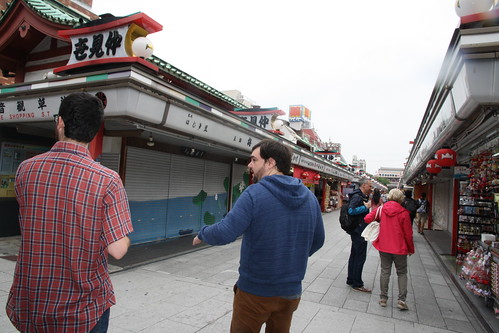




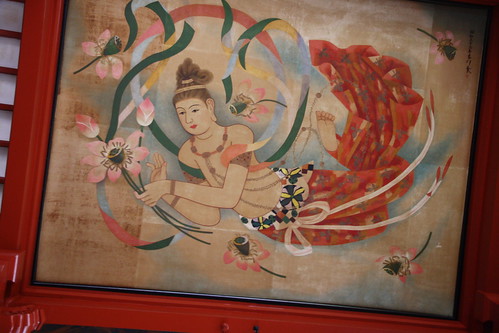
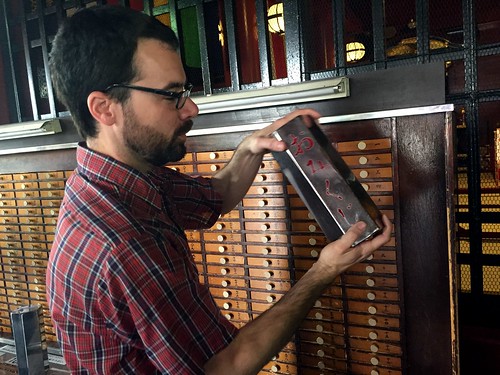

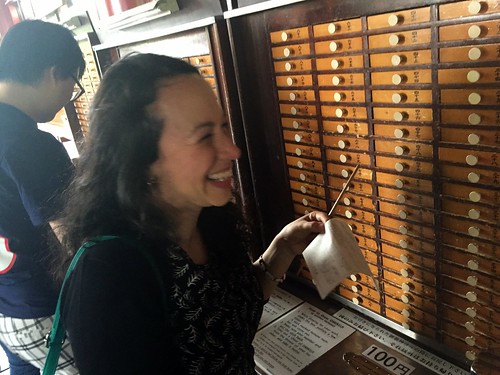
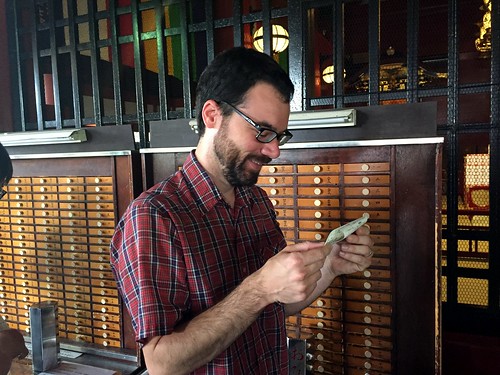
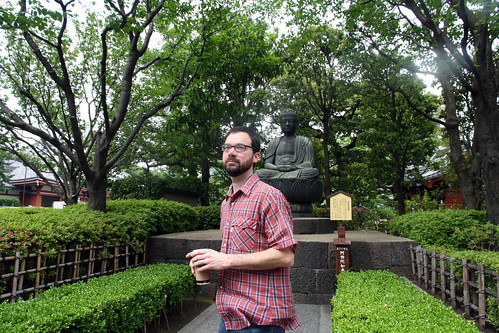
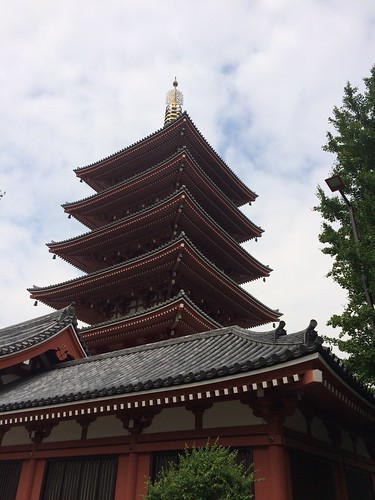

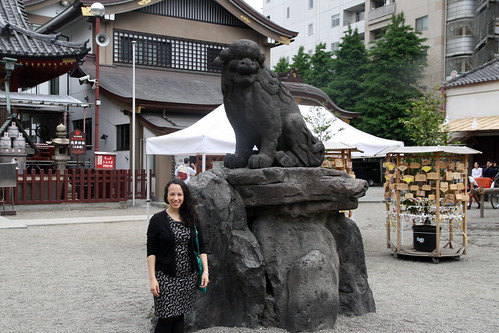
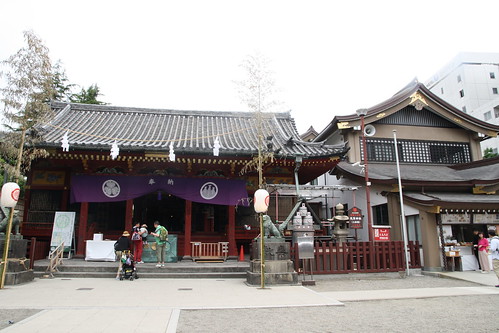
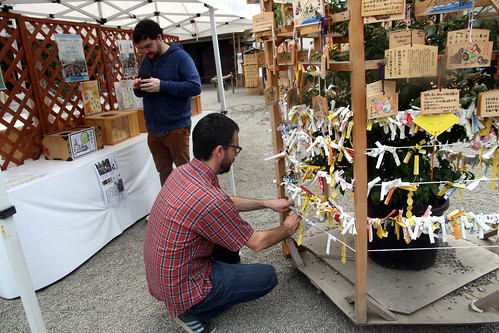
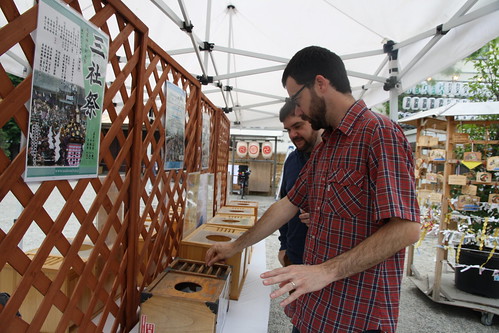

No comments:
Post a Comment